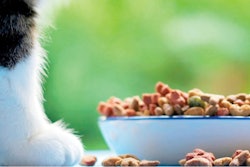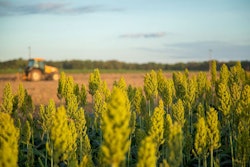Principles of pet food palatability
Sponsored content
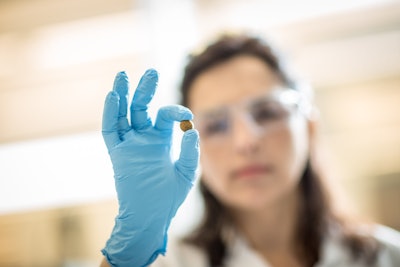
A celebration of flavor happens every time a pup bounds to his bowl, or a cat responds to the sound of a can opening. Not only do we want pets to enjoy meal time, we want to ensure they’re getting proper nutrition to support a vibrant, healthy life. Just as most people probably won’t eat a bowl of wheat germ each morning — no matter how healthy it is — a pet can’t be forced to eat a healthy but unpalatable meal.
Read more at palatantsplus.com
Big kibble for small dogs may be easy palatability boost
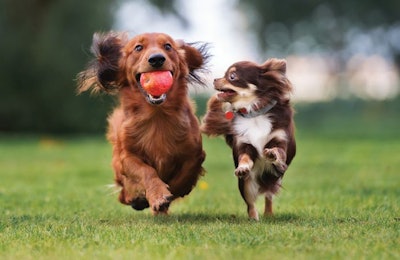
Small dogs actually preferred large kibble pieces in an experiment conducted by AFB scientists.
Read more at petfoodindustry.com
Applying pet food palatants
Sponsored content
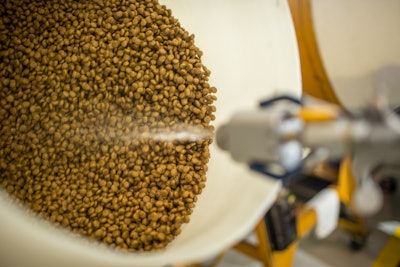
Producing foods that taste good to pets is a complex process. One key to producing high-performing pet foods is effectively applying topical liquid and dry flavorings known as palatants.
Read more at palatantsplus.com
Dogs prefer grain-free over ancient grain carb sources
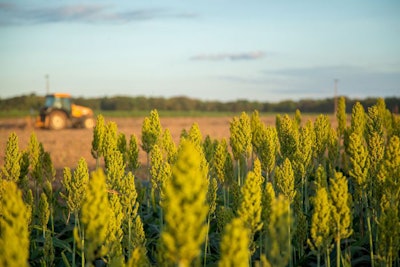
On the manufacturing end, ancient grain carb sources also behaved differently in extruders than grain-free dog food formulations.
Read more at petfoodindustry.com
Paired vs. Monadic: What's the difference?
Sponsored content
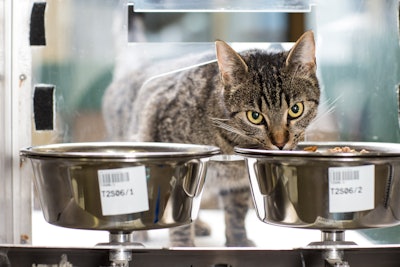
Paired Comparison assessments can tell us something different than Monadic assessments. Paired Comparison uses two bowls, where two different foods are presented. In Monadic testing, only one bowl of food is presented. Which one is better?
Read more at palatantsplus.com



